Silencer Saturday #393: Deep Dive Into The SAAMI Silencer Standard

Good afternoon, everyone, and welcome back to TFB’s Silencer Saturday, brought to you by Yankee Hill Machine, manufacturers of the new YHM R45 Multi-Host Suppressor. Victra-12 shotgun suppressor
This week, we are looking at a new testing standard for silencers from SAAMI. If you've ever bought a silencer based on a decibel rating and been disappointed when you actually shot it, and then read the fine print and saw that the test firearm was clearly gamed to minimize the decibel number as much as possible and therefore inflate the suppressor's performance, this is for you.
Silencer Saturday @ TFB:
- Silencer Saturday #392: Another Week, Another Lawsuit
- Silencer Saturday #391: Silencer Shop Sues ATF To Dismantle The NFA
- Silencer Saturday #390: Resurrecting The Hush Puppy
- Silencer Saturday #389: Can You Thread Your Own Barrel?
- Silencer Saturday #388: Suppressing The Century C-93
SAAMI Background
The Sporting Arms & Ammunition Manufacturers' Institute (SAAMI) is a critical, if not always understood, member of the firearm industry. SAAMI is the US organization that oversees standardization. This is not flashy or glamorous, but is critical to the industry as a whole. SAAMI publishes the official standards for each cartridge, including measurements with tolerances and pressure data. Without that standardization, a box of ‘Brand A’ 6.5 Creedmoor ammo may not be functional or even safe in a gun designed for ‘Brand B’ 6.5 Creedmoor ammo.
SAAMI was formed in 1926 to help simplify the industry. Back in the old days, manufacturers routinely sold proprietary cartridges. The .25-36 Marlin, .25 Remington, and .25-35 Winchester are ballistically almost identical cartridges dating back to the late 19th and early 20th centuries. They are so close that modern reloading data is, in large part, interchangeable between them (go look in an actual data book before you try this; this is not a guarantee that every load will be fine). The .25 Remington is actually different because it is a rimless case designed for a tube-fed, pump action rifle, but the .25-35 and .25-36 are almost identical rimmed cartridges for lever action rifles. Adding to the confusion, the .25-35 is usable in the .25-36, but the reverse is not true. This gave Marlin an advantage because their gun could fire Marlin ammo as well as Winchester's similar product.
But this led to cluttered product lines and poor interoperability across the wider market. At the consumer level, this is really annoying. If your local shop only had Marlin ammo but you had a Winchester, that was too bad. But at the national scale, this was also a problem for arms production. In the event of a major war, pressing hundreds of non-standard gun and cartridge combinations into service would be an exponentially worse nightmare than doing so with ten or twenty options. The US government strongly encouraged the firearm industry to adopt standardization to address those concerns, and SAAMI was the result.
SAAMI Silencer Standards
Much like the other SAAMI standards, this silencer document sets out baselines that apply voluntarily across the industry. Manufacturers can choose to follow them or not. Much like SAAMI specs for cartridges, which are generally followed but not always (see cartridges like .458 SOCOM that are somewhat common, but not SAAMI standardized), these suppressor test specs are not the law. But there will probably be a lot of consumer interest in seeing these standards apply across the board.
The first 40 pages or so of the SAAMI Silencer Standard contain detailed information on barrel threading. This sets out both the thread specs that will be used and the caliber and application ranges where the various thread types will be used. Unsurprisingly for an American standards organization, only one of those thread specs is metric.
The Silencer Standard also includes a suggested table for describing the operating range for each silencer. That table includes compatible cartridges, minimum barrel lengths, and firing schedules for each cartridge. This helps quantify terms like “full-auto rated” into actual, usable data. Does that marketing term mean two magazines out of an MP5, or 300 rounds continuous from an M240?
Sound Testing
The core of this document is a sound testing protocol. Microphones are placed at 63 inches above the ground along with the firearm. One microphone is at the muzzle, offset 39 inches to the side. Another microphone sits 12 inches behind the chamber, and six inches to the ejection port side of the gun. The sound test begins with 20 rounds fired with a bare muzzle (no muzzle device) to set a baseline reading. 20 rounds are then fired with the suppressor. Those readings are used to calculate the average reduction, maximum reduction, minimum reduction, and extreme spread of sound reduction.
Besides the test area and audio equipment, the test specs also set out information about appropriate test guns. Each type of firearm (e.g. pump action rifle, semi-auto handgun) has a specific barrel length. This prevents a manufacturer from fibbing on the data with 11-inch 9mm handgun barrels, when that would be very abnormal.
The test equipment list includes a very comprehensive list of bullet weights and velocities that should be used when testing certain cartridges. This list has common options, and weird things that will probably never be used for silencer testing, like 30 Remington AR and .38 Colt New Police. .22LR ammo is a 40-grain lead bullet at 1,035 FPS. This consistency keeps conforming manufacturers from gaming the testing regime.
Other Testing
The specs also include some durability testing protocols. Abusive handling tests involve dropping the silencer onto a specific test surface over a concrete floor. But the silencer is not dropped alone; it is attached to a representative gun. And, to make sure it is as accurate as possible, the magazine is fully loaded with dummy rounds that simulate the maximum ammo weight carried in the gun.
Overpressure testing is much like the proof testing done on firearms. Using a variety of methods, the suppressor must be subjected to 150% of the pressure of a normal firing. Approved methods include shortening the barrel to 47% of the minimum barrel length or rechambering to a higher-pressure cartridge of the same diameter.
The stress testing protocol measures the suppressor's resilience to overuse. It involves firing 150% of the maximum firing schedule, then checking for various types of damage. Failures like cracked welds, loosening of connections, or misalignment can all result in stress testing failures. All of these tests make sure that the stated firing schedules and minimum barrel lengths provided by the manufacturer are realistic data rather than marketing claims.
Conclusion
In my opinion, a new industry standard for silencer testing is a positive development. Measuring sound is always a tricky endeavor, and decibels are both hard to quantify in real life and inconsistent in how they are perceived due to factors like pitch. Silencer manufacturers are going to use dB ratings for their products, and standardizing the testing equipment and procedures will help make those numbers are comparable as possible.
I don't see this standard as a replacement for third-party testing, like that performed by Pew Science. There is still plenty of room for different approaches that get different results, and the cross-product comparisons from the Pew Science testing track much closer to my own subjective experience with various silencers than strict decibel ratings ever have. Hopefully, the new SAAMI standard will help make decibel ratings a better reflection of reality, and will ensure that claims around minimum barrel lengths and firing schedules reflect the true performance of the suppressor.
SILENCER SHOP – HANSOHN BROTHERS – DEADEYE GUNS
MAC TACTICAL
ALL YHM PRODUCTS AT BROWNELLS
DEALERS: If you want your link to buy YHM suppressors included in future Silencer Saturday posts, email: silencers@thefirearmblog.com

AKA @fromtheguncounter on Instagram. Gun nerd, reloader, attorney, and mediocre hunter.
More by Daniel Y
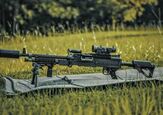
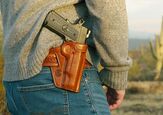
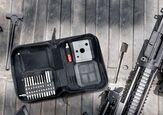





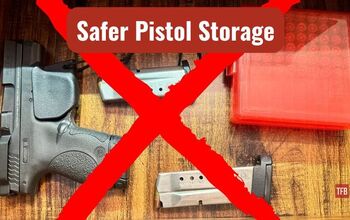
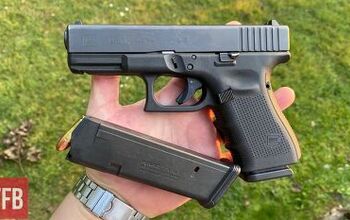
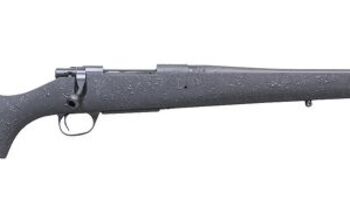
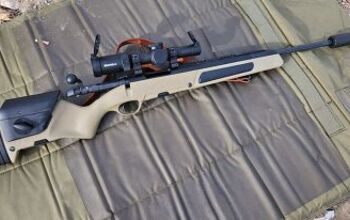
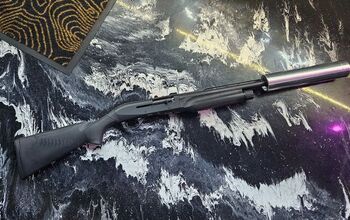
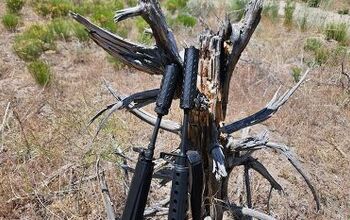

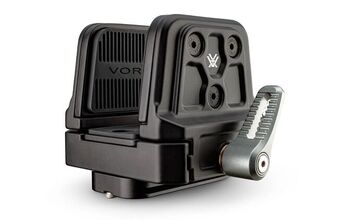

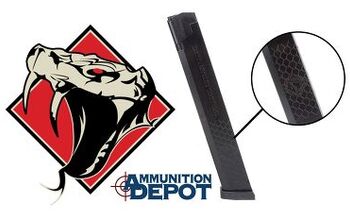

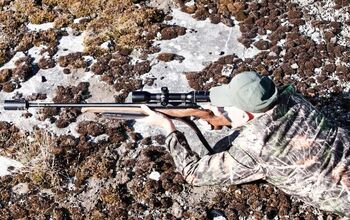
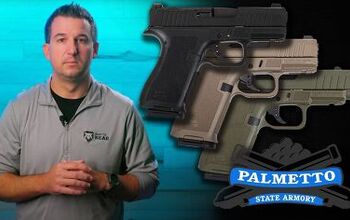





Comments
Join the conversation
Y'all should reach out to some of the big names like SilencerCo, Dead Air, YHM, et al. and see if you can get statements from them about what they think of these new standards.
I'm eagerly looking forward to seeing the grownups separated from the kids when it comes to quantifiable numbers and repeatable results now that The Official Industry Standards People have rolled out one set of guidelines that everyone can use without excuses.
This is very good news, not just for the end user and the industry, but also to further the perception that suppressors are a mainstream sporting device.